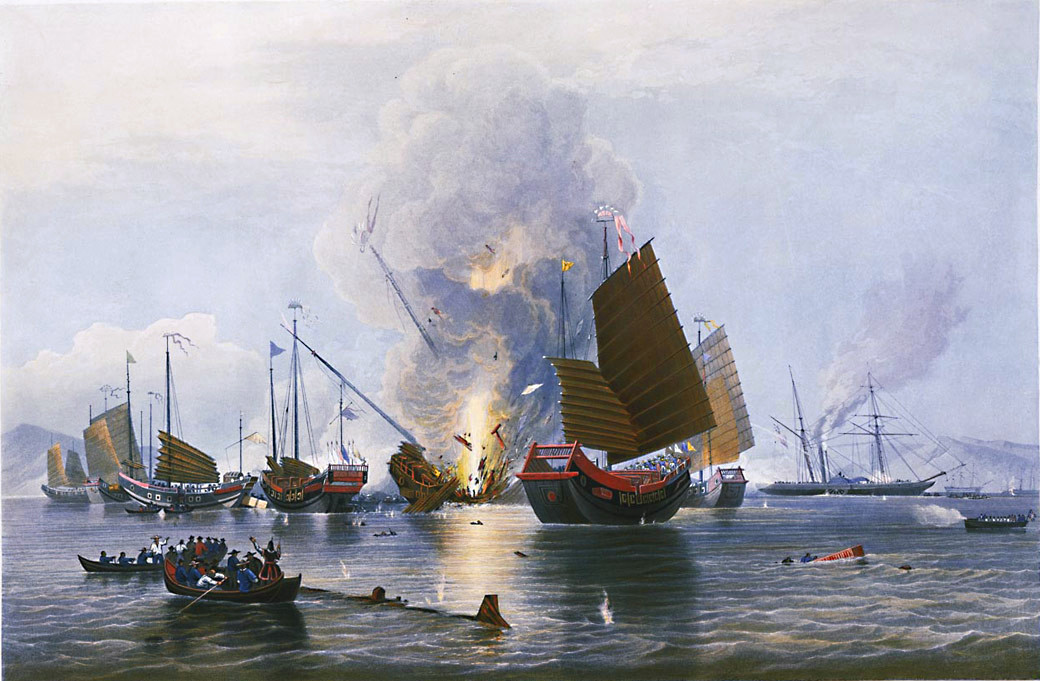September 5, 1839, marked the beginning of the first opium war between the Qing Empire and the United Kingdom. Despite the losses incurred by the Chinese, this war would not be the last opium war for China. Each time, the Qing Chinese lost mostly due to inferior military technology. The result would be favorable tariffs and trade concessions for the European nations.
The opium wars conflicted between China (Qing dynasty), France, and Great Britain. The first opium wars began in 1839 and lasted until 1842. Only the Chinese and British participated in the first Opium Wars. Here is a brief history of Opium and China.
The opium wars sprang from China’s attempts to suppress the Opium trade, which had been outlawed. Here are a few fun facts about the opium wars.
Fun Facts
-
The first opium war was fought between 1839 and 1842 between the British and the Qing Dynasty.
-
Great Britain sought to win additional opium trade privileges from the Qing administration.
-
The second opium wars were fought between 1856 and 1860, leading to France and Great Britain winning more favorable trading rights.
-
Sometimes called the Arrow Wars, the second opium wars led to the signing of the Treaty of Tientsin.
-
The Qing dynasty was the last orthodox dynasty in Chinese history. The Ming dynasty preceded the Qing dynasty.
-
During Qing rule, thirteen rulers took the role of the emperor in some form or capacity. The opium wars took place during the rule of the Daoguang Emperor, who ruled for about thirty years.
-
Both battles took place on Chinese ground and resulted in the invading armies winning by a landslide, thanks to superior military training and technology.

